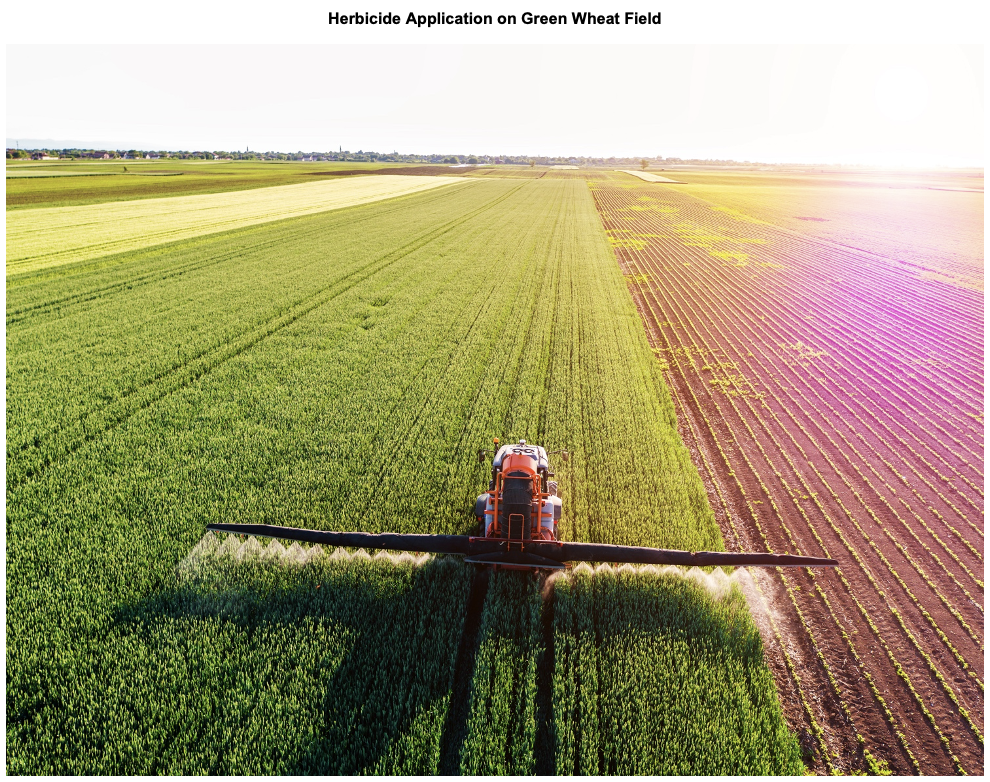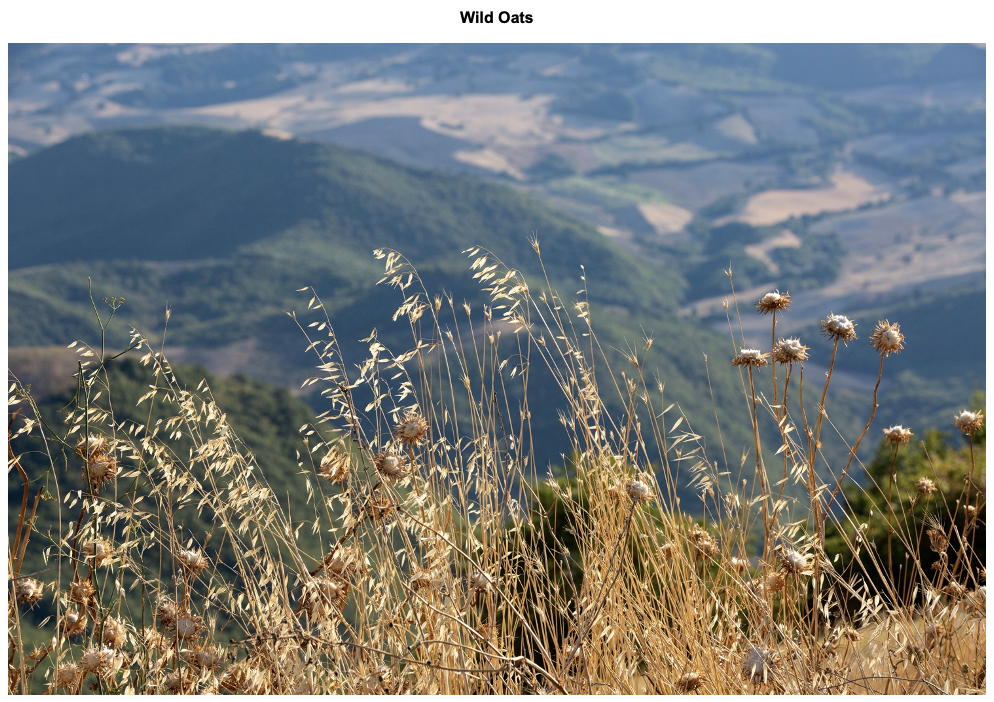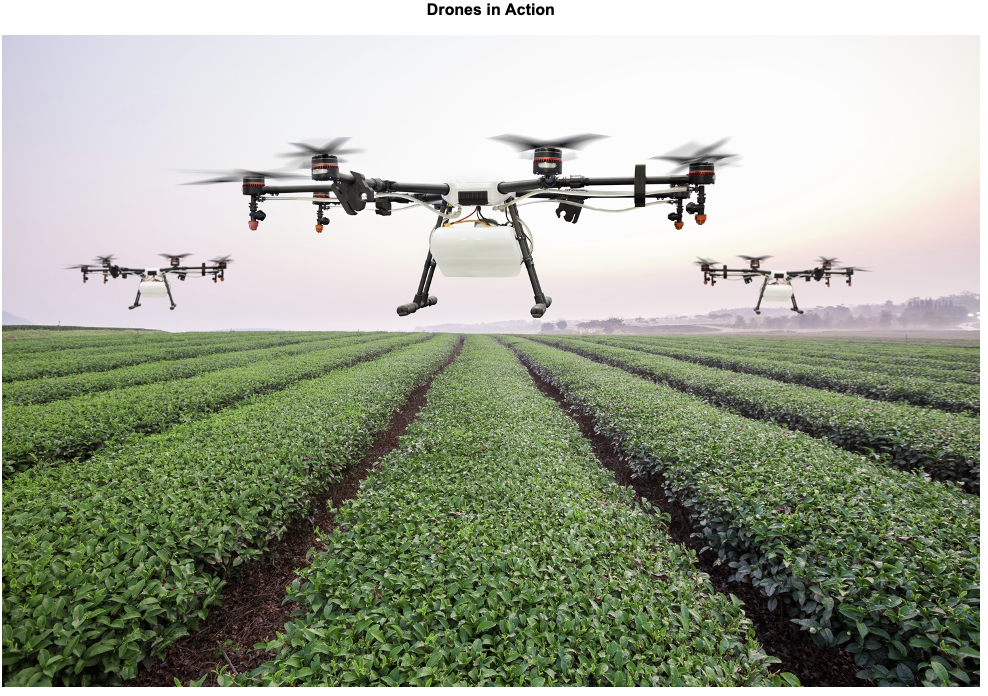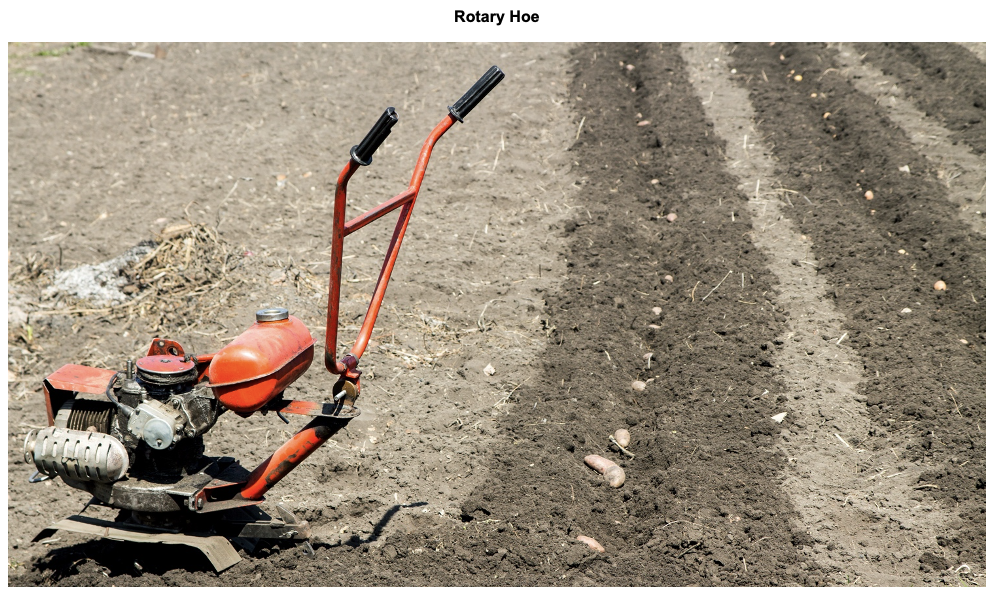- Last time, we talked about Integrated Pest Management (IPM).
- Today, we focus on Integrated Weed Management (IWM).
- Both can be managed sustainably using similar methods.
Integrated Weed Management (IWM)
Traditional methods of controlling weeds in arable crops centred on the ‘seed bank’. This is the number of seeds in the soil and their types, some of which can remain dormant for many years. Ploughing the soil would break the dormancy and the emerging weed seeds would typically be treated with a contact herbicide or a pre-emergence herbicide set up as a barrier. Done correctly, over time, the weed seed population in the seed bank would decline.

Using IWM as part of Sustainable Intensive Agriculture (SIA), we enter a new world. There are probably even more challenges than with insect pests. For sure, a range of weeds will retain their dormancy if we don’t till the soil or use minimum cultivations, and we’ll be less exposed to the serious and growing risk of weed resistance from herbicide use discussed previously.
An alternative method was to create a ‘stale seed bed’. After tillage, the weeds were allowed to germinate and produce seedlings in a ‘flush’ which were then sprayed. This is still an important method in organic farms, where manual or other non-herbicide methods are used as an alternative to herbicides.
However, the challenges with zero/minimum tillage and even IWM are numerous, and include problems with perennial weeds, the current lack of biological options, and the disappearance of some weeds that act as a useful host for beneficial insects.
The Same Model, With a Twist
For weeds, we can still use the model discussed in the last article for insects.
1. Determine Actionable Thresholds
This is difficult to do but becomes much easier if data from previous monitoring is available. If this has been done, options include Variable Application Rates (VAR), for both fertilizer and herbicides in the most efficient and economical way.
One common error is to assume that perennials, such as thistles and common couch grass, are more damaging because of their re-growth habit, but in fact, some annuals can thrive in a no-till or min-till environment. Examples are wild oats and volunteer oilseed rape.

Weather plays an important role and the thresholds are not static. For example, many weeds grow typically less well in dry conditions.
2. Prevention
There are a wide range of preventative measures that can be taken with weed control. One of the most obvious relates to cleanliness; cleaning things like farm machinery and trailers is essential.
One useful practice is in crop residue management, for which there are two methods: chaff only, and chaff and straw.
In the former, the chaff is placed in discreet rows in the field where managing the germination and control is easier. The chaff can also be removed and put into trailers as livestock feed (the manure will contain weed seeds).
In the latter, baling is most common but placing chaff and straw in windrows and targeted flaming is another possibility. Flaming was actually a common method before herbicides were invented.

The best, yet more expensive option is to put the chaff through an impact mill, which crushes the weed seeds and makes then non-viable before returning everything to the field.
Other methods worth considering include:
- Reducing the row spacing to crowd out the weeds.
- Using cover crops, which will compete with the weeds for light and space. From an SIA standpoint, termination of the cover crop is best achieved by crimping or using a min-till rotary hoe.
- Crop rotation, to ensure the weeds don’t become adapted to a crop under monoculture.
- Choosing the most vigorous seed varieties that can out-compete the weeds.
- Applying plant nutrients at the optimum time for crop uptake, and when weeds can be starved of nutrients.
- Changing planting dates to give the crop the optimum opportunity to out-compete the weeds.
3. Monitoring
Monitoring is typically done by walking the fields and producing a weed map of distribution and intensity of each major weed although, in some cases, robots or remote sensing drones are a possibility.

Nowadays, there’s a wide range of weed identification and recording systems, which typically use hand-held machines and related software. Hand drawing, GPS tracing or identification photography are all usually available. It’s also important to map weed infestation levels on the edges of fields such as drainage ditches, fence lines and on-farm roads.
The information gleaned can then be used to help define the Determine Action Thresholds (above).
4. Take Action
There are a number of actions that can be taken without going to the herbicide store. One excellent example is the use of rotary hoes with gang wheels rather than harrows in no-till/min-till systems where, over time, the emerging weed profile changes from perennials and deep weed seeds to small seeded shallow annual ones. However, the optimum timing for rotary hoes is critical and needs to be at the white thread stage of the weeds.

Well-timed mechanical weed control can be more effective than poorly-timed herbicide application.
The range and availability of alternative methods of weed control to herbicides is ever increasing and includes robotic weeding and electrical pulse weeding. Biological controls are also being researched and developed. For instance, a combination of the pathogen ascochyta caulina with an isolated phytotoxin (poisonous substance derived from a plant) produced by this fungus is used to control fat hen, a commercially damaging weed, in sugar beet, corn and oat fields.

At this point, herbicides are required, but remember to choose the one that’s effective and has the best environmental profile. It’s also important to never cut the recommended rates and encourage weed resistance.
To Summarise…
The aim of IWM is to tip the balance against the weeds in favour of the crop by all available methods that make economic sense.

Other Opinions You May Be Interested In…
- How Do You Feed 7.9 Billion People?
- Sustainable Agriculture: Innovative Pest Control
- Sustainable Agriculture: Pest Control
- Sustainable Agriculture (UK): Not So Sweet Soils

